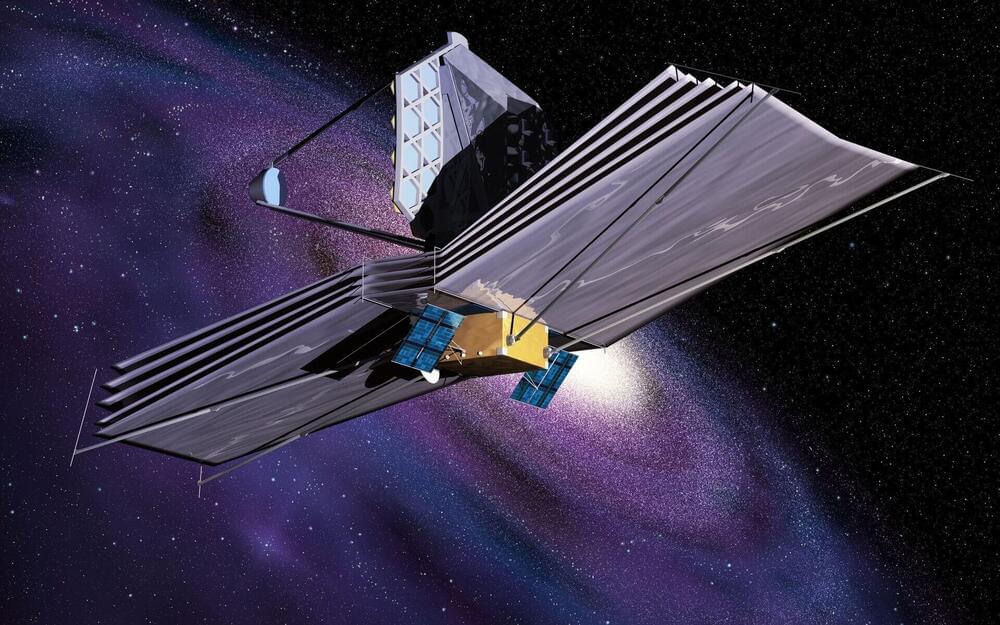Virologist Beata Halassy says self-treatment worked and was a positive experience — but researchers warn that it is not something others should try.
A 100+ page detailed analysis on 18 LLMs for embodied decision making.
ArXiv: https://arxiv.org/abs/2410.07166 Website: https://embodied-agent-interface.github.io.
The research focuses on evaluating how well Large Language Models (LLMs) can make decisions in environments where physical actions are…
Problem: We aim to evaluate Large Language Models (LLMs) for embodied decision making. While a significant body of work has been leveraging LLMs for decision making in embodied environments, we still lack a systematic understanding of their performances, because they are usually applied in different domains for different purposes, and built based on different inputs and outputs. Furthermore, existing evaluations tend to rely solely on a final success rate, making it difficult to pinpoint what ability is missing in LLMs and where the problem lies, which in turn, blocks embodied agents from leveraging LLMs effectively and selectively.
Method: To address these limitations, we propose a generalized interface (Embodied Agent Interface) that supports the formalization of various types of tasks and input-output specifications of LLM-based modules. Specifically, it allows us to unify 1) a broad set of embodied decision making tasks involving both state and temporally extended goals, 2) four commonly-used LLM-based modules for decision making: goal interpretation, subgoal decomposition, action sequencing, and transition modeling, and 3) a collection of fine-grained metrics which break down evaluation into various types of errors, such as hallucination errors, affordance errors, various types of planning errors, etc.
Conclusion: Overall, our benchmark offers a comprehensive and systematic assessment of LLMs’ performance for different subtasks, pinpointing the strengths and weaknesses in LLM-powered embodied AI systems, and providing insights for effective and selective use of LLMs in embodied decision making.
New research into a chemical from a caterpillar fungus, known for its potential as a cancer treatment, has shown how it interacts with genes to disrupt cell growth signals. This finding marks a promising step toward developing new cancer drugs.
The chemical, called cordycepin, interrupts overactive cell growth signals common in cancer, potentially offering a treatment approach that could be gentler on healthy tissues compared to many existing therapies.
Caterpillar fungus: a potential cancer treatment.
❤️ Check out Lambda here and sign up for their GPU Cloud: https://lambdalabs.com/papers.
Oasis: A Universe in a Transformer — try it out now:
https://oasis.decart.ai/welcome.
More info:
https://oasis-model.github.io/
📝 My paper on simulations that look almost like reality is available for free here:
https://rdcu.be/cWPfD
Or this is the orig. Nature Physics link with clickable citations:
https://www.nature.com/articles/s41567-022-01788-5
🙏 We would like to thank our generous Patreon supporters who make Two Minute Papers possible:
Sotherby’s says the Ai-Da Robot work “marks a moment in the history of modern and contemporary art”
A study in Pharmacological Research has found that small extracellular vesicles derived from embryonic stem cells (ESC-sEVs) alleviate osteoarthritis in cells and mice. Restoring senescent cells’ function Excessive […].
The treatment, given to four people with damaged corneas, seems safe but needs to be tested in larger trials.
Scientists have finally proven the existence of “supersolids,” a bizarre state of matter that behaves like both a liquid and a solid.
In a breakthrough, scientists confirmed superfluid properties in supersolids by observing quantized vortices. Using precision techniques, the team stirred a rotating supersolid, revealing unique vortex dynamics and offering new insights into the coexistence of solid and fluid characteristics. This discovery paves the way for studying exotic quantum matter and has implications for astrophysical phenomena.
Supersolids: A Quantum Paradox
Matter that behaves like both a solid and a superfluid at the same time might sound impossible. But more than 50 years ago, physicists predicted that quantum mechanics could allow such a state. In this unique state, collections of particles exhibit properties that seem contradictory. Francesca Ferlaino from the Department of Experimental Physics at the University of Innsbruck and the Institute of Quantum Optics and Quantum Information (IQOQI) at the Austrian Academy of Sciences explains, “It is a bit like Schrödinger’s cat, which is both alive and dead, a supersolid is both rigid and liquid.”
Requested URL must be a parsable and complete DynamicLink.
If you are the developer of this app, ensure that your Dynamic Links domain is correctly configured and that the path component of this URL is valid.









